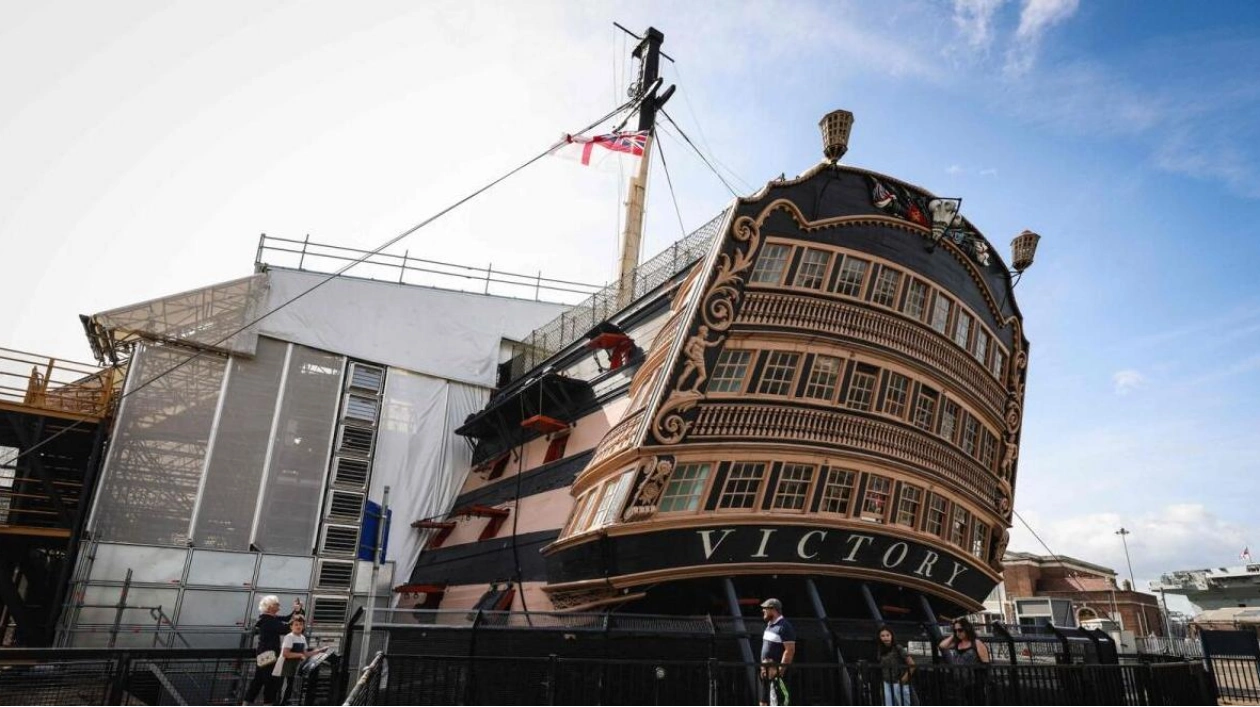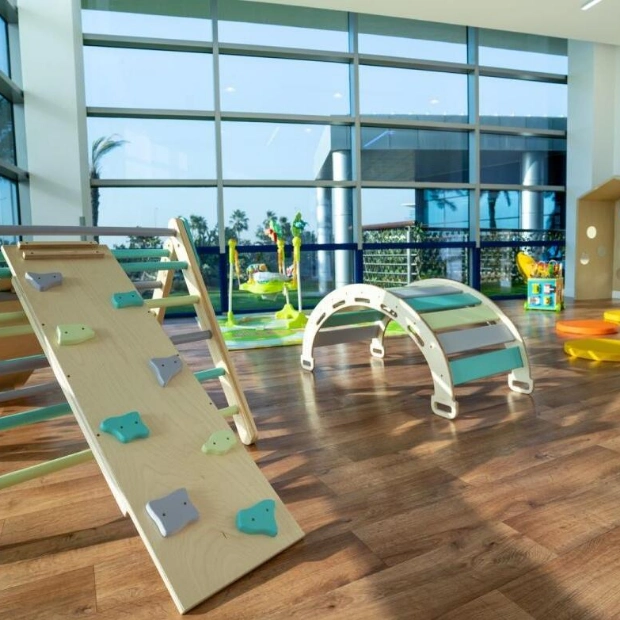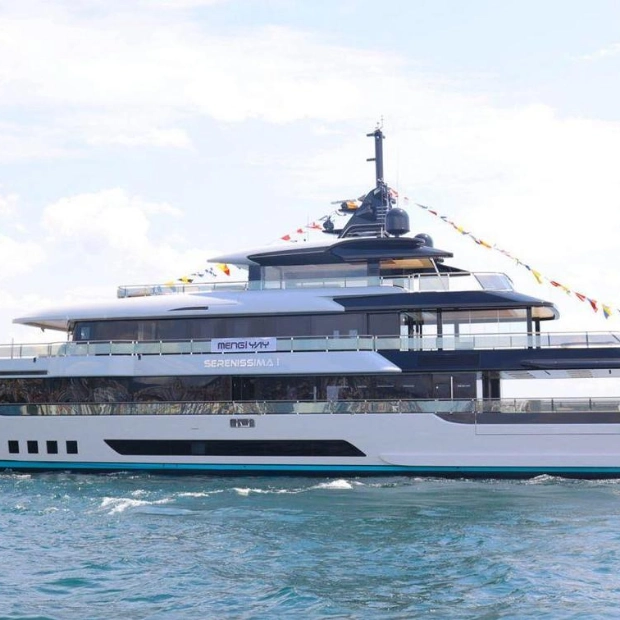HMS Victory, having endured the cannonballs of Napoleon's navy, collisions with other warships, a World War II bomb, and even plans by the UK navy to scrap her, now faces a new, equally perilous threat: the deathwatch beetle. Nearly 260 years since its launch, this iconic symbol of British maritime heritage and the site of naval hero Horatio Nelson's demise at the Battle of Trafalgar, is undergoing a £45 million ($60 million) restoration.
This extensive refit is among the largest of its kind and follows the alarming discovery of widespread rot in the wooden structure. Surveys revealed that rainwater had not only caused decay but also provided sustenance for the destructive beetles. Without swift intervention, the ship risked 'catastrophic structural failure', according to Simon Williams, the conservation project manager.
Currently, the middle section of the ship is shrouded in scaffolding, allowing shipwrights to meticulously replace the 'frames', akin to the vessel's ribs. Subsequent 'replanking' will ensure a watertight outer layer. Collaborating with experts from the University of Southampton, project managers aim to integrate modern materials for enhanced durability. Despite these advancements, much of the restoration work adheres to traditional methods, as James Haycraft, a shipwright, attests.
Once the middle section is completed, similar efforts will extend to the bow and stern, with additional work planned for the masts and rigging. This restoration is not the first to rescue Victory from neglect; its preservation has often hinged more on luck than strategic planning. Public sentiment, particularly towards its connection with the Battle of Trafalgar, has historically played a crucial role in its survival.
The public's affection for Victory is deeply tied to its association with Admiral Lord Nelson, whose strategic genius and ultimate sacrifice at Trafalgar cemented his status as a national hero. The ongoing 12-year project, slated for completion in 2032-33, aims to secure Victory's future, potentially extending its lifespan by another 50 to 100 years.






